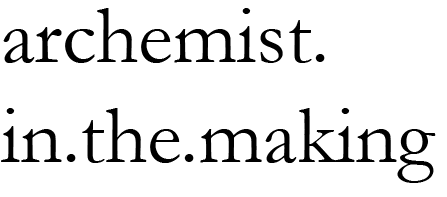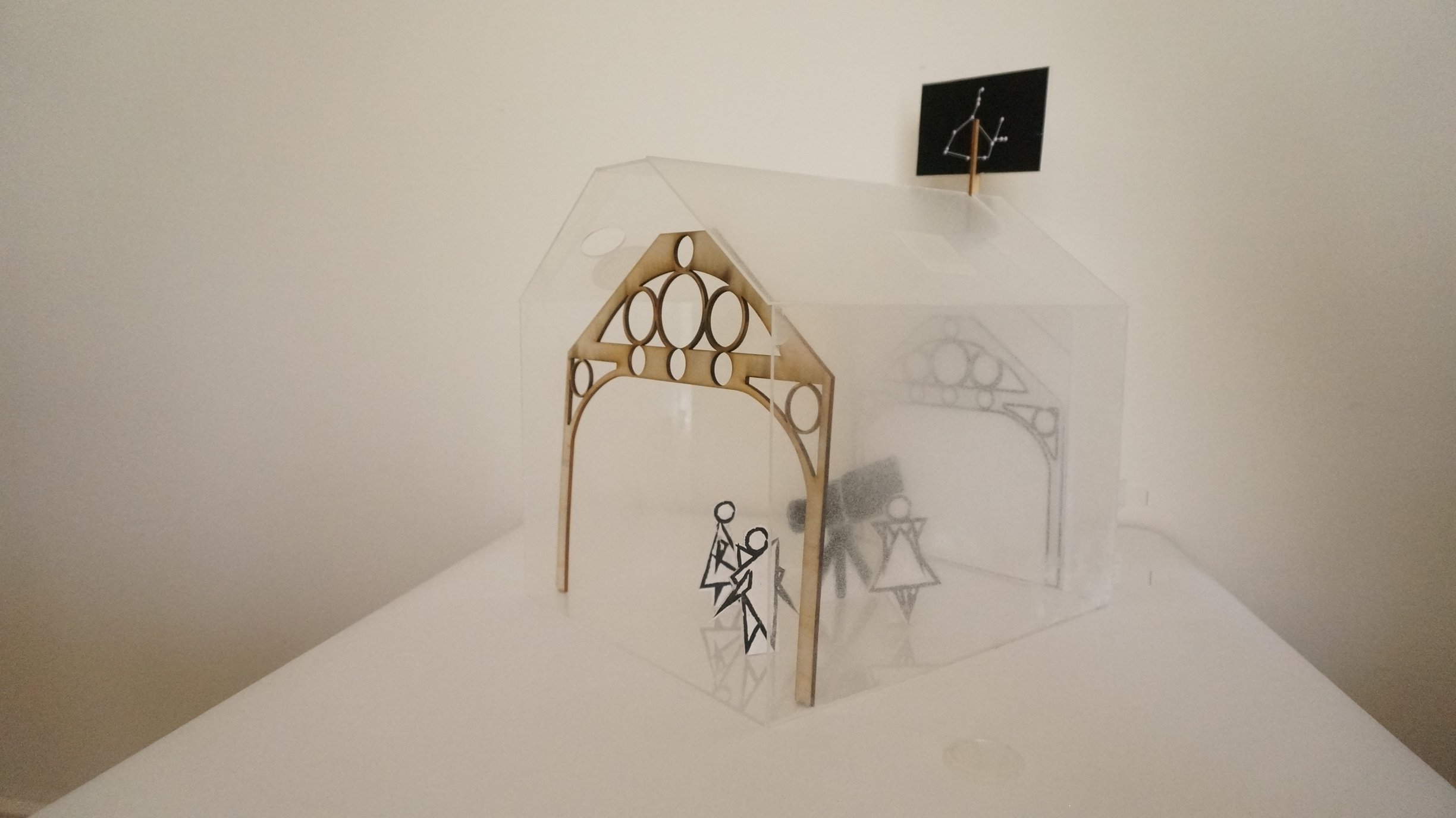Do you remember when was the first time you felt that your design was your own?
A design that was purely for yourself and not built based on the instructions from your tutor?
Not based on the desire to please the majority who’s marks, and the outcome of your semester was determined in their hands?
It took me nearly four years to finally grasp that feeling of wanting to design something for myself – where the direction, while guided and navigated by my peers, but towards the end came into fruition of something that I believe in.
Looking back at my architectural education – it felt like majority of my work was predominantly shaped by a combination of envy and the desire to feel validated for my design. A deep level of insecurity was sparked from jumping into another world without being aware of the lingo nor the terminologies others have been equipped with already. For me, coming from a school that prioritised final grades for reputation – it seemed like the only solution for me to understand or adjust to each semester was designing through the lens of my tutor.
I won’t dismiss the fact that I probably needed my tutor’s assistance and experience throughout, after all, I was still very naïve and immature at the beginning of the profession. Yet, traversing through different semesters opened my eyes to countless personalities and opinions while catching wind of the politics that are not so successfully disguised in our degree. My own opinions towards tutors matured as well. There were some who strongly felt that their expertise was above us all (the kind I often dread to become); those who displayed extensive favouritism (favourites happen but there’s a line of where it goes); and those who are faithfully invested in each; and those who are there for the sake of being there.
Looking back at the first three years of architecture school, I clearly didn’t fully understand what I wanted. I knew I wasn’t the strongest in my cohort either – I had good narrative and interpretation - but my execution and messages were weak, if not, rather surface level in comparison to my peers. My competitiveness and envy towards other students didn’t help either, I so desperately wanted to be on par with their intelligence, yet I struggled to comprehend the theory that they wholeheartedly embraced. I could’ve pushed myself – but instead, I chose to sleep rather than recreate that sole day of presenting on two hours of sleep. The mortification of presenting with slurred words and shaking hands was the last image I wanted to impart to my colleagues – so I opted for myself. Perhaps that was the only fight I had for myself – still, the gnawing desire to have validation of my design from my tutors continued to taunt me throughout my university years.
The search for validation often feels so sickly and embarrassing to admit. Thinking back to one of my earlier pieces about the wanting of recognition has truly brought out an identity crisis. I wanted to be liked (let’s admit it, where there is subjectivity involved - people-pleasing tendencies can be strong) – all the same, no matter how hard I tried to follow or shape my design for my tutors, somehow something still felt missing. Maybe it was watching others being invited to write for other publications, and listening to those who had the opportunity to guest crit in other studios that left me wondering when will I ever be enough?
It’s conflicting really. Sometimes, I reflect on my architecture projects and wonder if these ideas were mine or the tutors’. There are days where I’d like to believe it was mine – but perhaps it was only a tiny morsel while the rest bloomed from my tutor’s suggestions. The sense of ownership gradually disappears, and I’m left pondering whether any of my work feels credible anymore. Or worse, should the project be received poorly, there’s resentment towards yourself for allowing your design to be dictated by the one who condemned you.
While it took me four years before I finally started developing a sense of stubbornness and steadfastness for the designs that I create – I still find myself sometimes at odds at work. The mentality of respecting the hierarchy at work, and maintaining a sense of respect and professionalism made it challenging to understand where my permissions were. There were times when an instruction had been handed down to me which felt questionable, yet the fear of being disrespectful and audacious held me back from wanting to challenge the process. Ironically it took another mentor and another supervisor to give me permission to challenge what’s been put before me – and slowly allowed me to develop a backbone.
Thinking back to a conversation my colleagues had with Kerstin Thompson, she shared a beautiful thought that I wished was shared with my younger self – that it would be nice ‘if our clients understand that the reason why we fight for our design is that we are fighting alongside for the future of our clients, even if they don’t see things as far as we do’. A part of me also wished that I had the permission to try to stand up for myself – and that my design would encourage a healthy debate and discussion instead of reducing myself to nodding alongside my tutor without hesitation.
Perhaps then, this is the growth in my own studies – in which it did take a combination of hindsight, experience and internal reflection that has allowed me to accumulate my convictions. Perhaps it’s also the mentors that I encountered that gave me the space to grow.
There was a time where I felt like I hadn’t challenged myself, and instead remained timid – but I’m slowly working out my strengths. Sure, there’s still a lot for me to learn – however, that needs to work hand in hand with a sense of maturity and endurance.
And I hope it’s the same for you.
Related works: Hero Phenomena IV: When Will You Be Good Enough? (2018); Hero Phenomena V: Hanging on the thread of sanity during unemployment (2019); How to get a job - Architecture Victoria (2022)
This entry is written on the lands of the Wurundjeri Country of the Eastern Kulin Nation..

